#plaquemines parish
Text
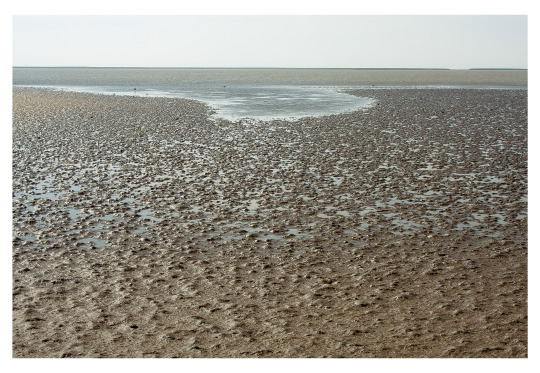
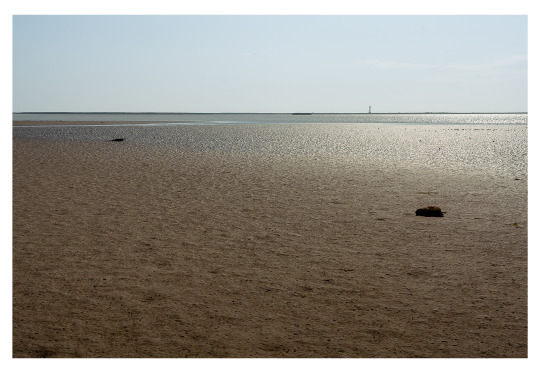
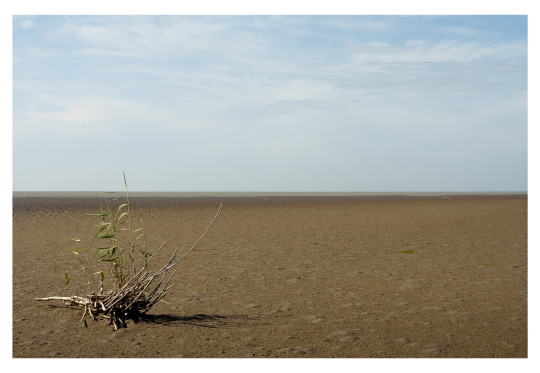
Low Tide, End of South Pass, Near Port Eads, LA 4/08
#photographers on tumblr#gulf coast#louisiana#low tide#port eads#plaquemines parish#minimalism#original photographers#end of the great river#mississippi river#louisiana coast
69 notes
·
View notes
Text
Scenes along the Mississippi 1848 and 2017
Hogan describes the scenery along the river as the tug pulls the clipper ship slowly toward New Orleans, 107 miles distant.
Once I looked out over the ship’s bulwarks and saw we were between what seemed to be two long, low earth-mounds, one on either side of the river; there was a bend in the river at the place. These mounds, on which there were trees and houses and gardens and people, were the…
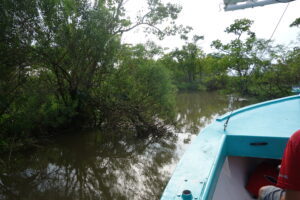
View On WordPress
#Fort Jackson#Fort St. Philip#Irish Wilderness#John Joseph Hogan#National Register of HIstoric Places#Passe A Loutre#Plaquemines Parish
0 notes
Text

Scenes from home, past and present.
#old new orleans#fishing#oysters#oyster harvesting#oyster reefs#oysterman#croatian#plaquemines parish#jefferson parish
1 note
·
View note
Text
Harvey, Louisiana's Michael Harris arrested in Memphis, Tennessee, accused of shooting Belle Chasse's David Sumera, Alexxis Eymard
David Sumera and his girlfriend Alexxis Eymard, both of Belle Chasse, Plaquemines Parish, Louisiana, United States, have died. He was 36 and she was 26.
youtube
View On WordPress
0 notes
Text






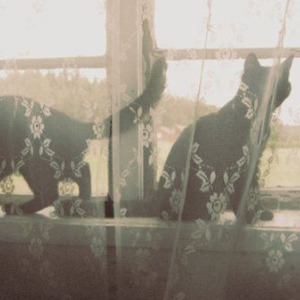


"The drum you stroke. Damn that beat so old. In the ground it grows there. To damn the sun. Gates of gold. In your head you hold, a kingdom molten. May the gods be on your side"
FAYE "FISH" FISCHER | MASTERS OF THE AIR
It made her squint, the way the sun reflected off the water in the stately looking pond across the street. It was early in the evening and the setting sun had been hanging low in the sky. Casting a golden glow onto the peaceful park she overlooked. Faye’s forehead was pressed against the sun-warmed glass. Her view of the park became blurry as the glass began to fog from Faye’s breathing. Rough shapes and colours were what remained of the scene across the street. Golden and green, sun, grass and trees. The same elements that made up the view from her childhood home back in Louisiana. It was also the last she had seen of the Alsatian town of Mulhouse as the train carried her westward. She had closed her eyes as it did, trying to keep the golden and green view in her mind for as long as possible.
“Fischer? Are you even listening?” she heard the OSS officer in front of her ask. “Your cover was about to be blown, we couldn’t just let you keep working in Mulhouse, I’m sure you’re also happy you’re not in the middle of it anymore,” the officer continued. Faye just nodded. He would never know what it was like to be in the heart of it. To have to hide the core elements of your identity. To witness the atrocities. To have to stand and watch, unable to do anything because if you did, you would risk the same fate, while also jeopardizing the OSS’s operation. He would never know, or understand. So she just nodded, her thumb and index finger pressing into the small, silver Magen David that hung from her necklace. “Considering the Krauts are onto you now, we’ve transferred you to a different position. One that doesn’t require you to drop into occupied Europe.” The golden and green outside became even more blurred, and then they disappeared as Faye closed her eyes in anticipation. “The unit is moving you to Thorpe Abbotts, there’s an Air Force base there and they want you to capture and archive their missions-” Faye sat up, interrupting the officer; "why on earth do they need those recorded?” her eyebrows raised. “On paper, it’s something about morale, something they can show back home,” Morale. She huffed, if only they knew.
"They also want photographic evidence of their hit targets, so I guess you're also supposed to do that." the officer continued. This made her move up from her chair, both of her hands leaning onto the desk. "You're gonna make me go up in those planes?!"
BIOGRAPHICAL INFORMATION
Name: Faye Geneva Fischer
Age: 23 (as of September 1943)
Date of birth: November 10, 1920 at 20:08
Place of birth: Plaquemine, Iberville Parish, Louisiana, United States
Hometown: New Orleans, Orleans Parish, Louisiana, United States
Occupation: OSS Combat Photographer
Affiliation: Office of Strategic Services; Photographic Unit & Eight Air Force; 100th Bombardment Group
PLAYLIST | PINTEREST
#masters of the air#masters of the air x oc#hbo war#i've paired her with rosie#oc: faye#rosie rosenthal#mota oc#mota#masters of the air one shot#robert rosenthal
52 notes
·
View notes
Text
What's up with the Mississippi River lately?
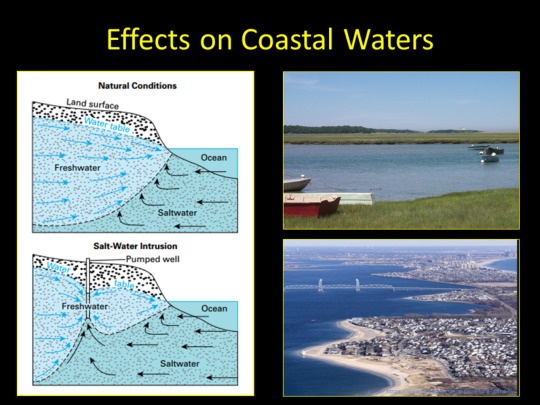
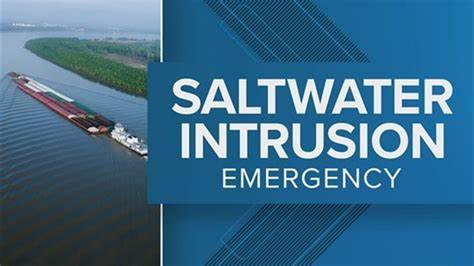
A look into the current saltwater intrusion affecting Louisiana
*Slight Disclaimer: To be clear, what you are reading now is not expert opinion, rather educated research formulated into my own knowledge and understanding of said subject material. Thank you for listening.
Firstly, I think that it is appropriate to inform ourselves as to what this saltwater intrusion is. According to the U.S Geological Survey, “This interface between freshwater and saltwater is maintained near the coast or far below the land surface. The interface...is a diffuse zone where freshwater and saltwater mix. Under natural conditions, the seaward movement of freshwater prevents saltwater from encroaching on freshwater coastal aquifers. We generally see saltwater intrusions occur in spots where a pumping well (structural device used to extract liquid resources) is operated. To put it into current perspective though, the saltwater intrusion we are recently hearing about is due to a lack of rainfall within the regions that the Mississippi River occupies. Basically, water from the Gulf of Mexico has been invading the supply of water the Mississippi River provides, due to this drought. This has slowed and interrupted the flow of streaming water, enabling the intrusion of salt water to contaminate this freshwater supply.
Hot and dry conditions over the summer seem to have triggered the extreme drought, affecting people not only in Mississippi, but in Southeast Louisiana as well. Residents' kitchen faucets, showers, and other essential water systems are becoming unsafe to utilize. People more at risk include pregnant women, those with kidney disease, high blood pressure, and autoimmune diseases. ABC News provides coverage of the intrusion situation in Louisiana. Following is a quote from Matt Roe, a spokesperson for the U.S. Army Corps of Engineers in New Orleans, when referring to the current state of the Mighty Mississippi River, “it doesn’t have the mass and velocity needed to push the salt water back down around the mouth of the river.” He is explaining the reason as to why the intrusion is happening.
Because the water has become unsafe, reliance on prepackaged water bottles has become more common. These bottles are necessary to prepare meals in some areas, as well as to drink. A councilman from the Plaquemines Parish (greater southeast New Orleans region) Mark “Hobbo” Cognevich, chimes on the present affairs of the affected areas and says “grocery stores are constantly having to restock plastic water bottles, neighbors have reported getting rashes after showering...We are praying for rain...” It is evident that this water intrusion is a problem and is causing complications for ordinary living in the affected areas. So, how have officials responded to this environmental crisis? One example is the heightening of an existing underwater levee used to block and slow the flow of salt water. Also, millions of gallons of fresh water are being taken by barges to treatment facilities in impacted areas.
All in all, while steps are being taken to aid the plight of residents, there is still a mistrust between residents and officials. I think this is so because Louisiana is a state that has endured prior instances of environmental disaster. The guidance given and availability of resources has not always been equitable or distributed in a timely manner, leaving residents distrusting and insecure in the faith of officials.
I hope this was informative and was able to resonate with you in any way, appreciate the read!
Cline, S. (2023, September 25). What is saltwater intrusion and how is it affecting Louisiana’s drinking water? ABC News. https://abcnews.go.com/US/wireStory/explainer-saltwater-intrusion-affecting-louisianas-drinking-water-103480428
Water Resources Mission Area. (2019, March 2). Saltwater Intrusion. Saltwater Intrusion | U.S. Geological Survey. https://www.usgs.gov/mission-areas/water-resources/science/saltwater-intrusion
3 notes
·
View notes
Text
Is the Saltwater Intrusion a Hoax for some parishes in Louisiana ?
The saltwater intrusion is due to an ongoing drought that caused the Mississippi River to have a low flow, allowing saltwater from the Gulf of Mexico to move upstream and threaten the drinking water within communities. In preparation for the intrusion, on September 25, 2023, the Governor of Louisiana, Gov. John Bel Edwards, requested to the president for a federal emergency declaration for saltwater intrusion in the lower Mississippi region. According to the article “What is Saltwater Intrusion And How Is It Affecting Louisiana's Drink Water” in the Times-Tribune, some residents in southeastern Louisiana, Plaquemines Parish and St. Bernard have become dependent upon bottled water for cooking, drinking, and bathing. The unsafe drinking water raises many concerns for those with kidney disease, high blood pressure, people on a low-sodium diet, infants, and pregnant women(Cline,2023).
Meanwhile, in New Orleans, all conversations about the intrusion have simmered down. Initially, homeowners rushed to the nearest store, purchasing dozens of cases of water to prepare for the intrusion. Likewise, businesses were preparing for the inevitable. Businesses wondered what this meant for them and if they could remain open. The community was in panic mode. According to the article "Why the saltwater wedge climbing up the Mississippi River is a wake-up call to the region”, by PBS, the intrusion's expected arrival date to New Orleans has been slowed. The U.S. Army Corps of Engineers suggested that the intrusion would not reach far enough upriver to threaten the drinking supply for most of Orleans and Jefferson Parishes. However, we must still be vigilant and be prepared to face this problem again as it occurs about once every decade: 1988,1999,2012, and 2022 (Chavez,2023).
The saltwater intrusion is being managed; however, the information about the intrusion should have been told differently to the public to discourage panic. The unnecessary panic faced in Orleans Parish is one reason people are hesitant when it comes to trusting authorities regarding specific issues. While we were panicking in New Orleans, we could have brought water to those smaller parishes hugely impacted by the intrusion. Authorities must do better in their delivery of vital information that will not cause panic but just be informative to the community about what is going on and what could happen as they do for hurricane warnings.
2 notes
·
View notes
Text
Saltwater Going Up The MS River?
As most people have probably heard by now, there has been a wedge of salt water from the Gulf of Mexico creeping up the Mississippi River. This truly stems from a multitude of issues as this relates to climate change; raging floods, and rising sea levels, however, prolonged drought is a driving factor for this saltwater intrusion that could significantly impact Southeast Louisiana's population and other's whose towns and cities are nestled along its banks. This impacts the community's drinking water as the New Orleans water system does not filter salt. Large consumption of salt water could cause a host of biological anomalies that could occur in the human body; such as causing stress to the renal system, and accelerating dehydration. Also, extended saltwater exposure can lead to pipe failure causes pipes to burst from corrosion, potentially leaching heavy metals from the pipes and pipe fittings into drinking water. Although information has been released and stated that there is work being done to combat the issue such as a underwater barrier being built, and new ocean vessels are being arranged, there should be more programs, education and systems set in place to prevent this issue from arising in the first place. There are residents and business owners in Plaquemines Parish who think remedial efforts began too late, which is why some people are probably hesitant to trust officials because of the sense of non-urgency that has been placed on this problem over the last few weeks; little information has been updated to the public which can cause some dishonesty and untrustworthy type of feelings. Would you trust them too? Do you think there should be more efforts pushed for sustainable and reliable plans to mitigate salt water intrusions in the future?
3 notes
·
View notes
Text
Ironically, had I been invited, I wouldn’t have been driven to write this report. Private PR companies seeking to control access to information and public debate on behalf of the government about projects as consequential as the MBSD is dangerous — and is part of a larger concerning trend.
A growing number of these PR and consultancy companies work for clients seeking permits as well as the agencies responsible for issuing them, offering a one-stop-shop for expediting permits, with a team of communication specialists, consultants, engineers, and lobbyists at the ready. Two scoping hearings I attending this year held by the U.S. Coast Guard for floating LNG projects off Grande Isle, Louisiana, were moderated by third-party contractors who offer permit expediting services for industry.
Despite the region’s shrinking wetlands, the government continues to permit new LNG export facilities on the Gulf Coast, and is encouraging hydrogen and carbon capture sequestration developments, though they too will lead to further land loss. Such developments require new pipelines, and constructing pipelines in the wetlands is one of the main drivers of the state’s land-loss crisis.
Thirty miles south of New Orleans is where the MBSD construction will take place. A break will be made on the West Bank of the Mississippi River levee in Plaquemines Parish to allow for controlled releases of the river’s freshwater, laden with sediment and nutrients, through a two-mile-long concrete channel with a gate system re-connecting the river’s flow to the Barataria Basin.
The project’s supporters assert diverting the river to its historic path and unleashing the power of nature will result in the creation of 21 square miles of new submerged land in the basin’s wetlands over the next 50 years. This new land will create a natural barrier that will help protect the New Orleans metro area from storm surge, project proponents say. But scientist point out that the modern Mississippi River isn’t the same as it was 100 years ago — its land-building sediment load has been degraded due to the manmade water controls, and nutrient concentrations in the water are much higher. The project’s planners acknowledge that when the polluted river water is introduced into the basin’s brackish saltwater environment, increased initial land loss will occur as fresh water kills some of the marsh grass that holds the land together; however, a study determined that the land loss could be more substantial than the modelling for the project reflects.
The diversion project lies at the intersection of two crises: the state’s alarming coastal land-loss rate and the essential threat of climate change. This makes it ripe for disaster capitalism, a phrase Naomi Klein coined in her book “The Shock Doctrine: The Rise of Disaster Capitalism.” Following a destabilizing event, funding is made available with little debate for projects the public is told that will fix or mitigate issues that actually advance corporate interests.
...
In an op-ed about disaster capitalism, Klein pointed out that some of the same companies that profited off the Iraq war — Bechtel, Fluor, Halliburton, CH2M Hill, and Parsons — also profited in New Orleans after Katrina. CH2M Hill, now owned by Jacobs, is playing a role in the diversion project, as one of the many firms contracted by the CPRA. Those same companies, some of which have new names after being acquired, are all now also positioned play a role in the hydrogen and CCS market — an unsubstantiated climate solution that is being heavily unwritten with public funds. With billions on the table to combat the state’s land-loss crisis from restoration settlements funds from the BP oil spill, and billions more from the federal government to combat climate change, the disaster capitalist vultures are circling. Attending the groundbreaking offered me a peek at those utilizing a revolving door between public and private sector jobs allowing them access to the loot. Among the couple hundred attendees were government officials and an army of consultants, lobbyists, and PR specialist who service the oil and gas industry, at the ready to claim a piece of the pie.
...
The Environmental Impact Study prepared on behalf of the U.S. Army Corps of Engineers by GEC, a firm that offers engineering and consulting services, states that while there would be a positive impact of decreasing storm-related surge for communities in the greater New Orleans area, it would create increased flooding for communities directly south of the project in lower Plaquemines Parish that are home to minority populations. The report also concluded that the project will create economic hardship for those in the fishing industry who rely on the Barataria Basin, one of the country’s most productive estuaries. This is because the polluted fresh water entering the salt water environment will kill off most of the brown shrimp and oysters, as well as most of the Bottlenose dolphin that live there.
2 notes
·
View notes
Text
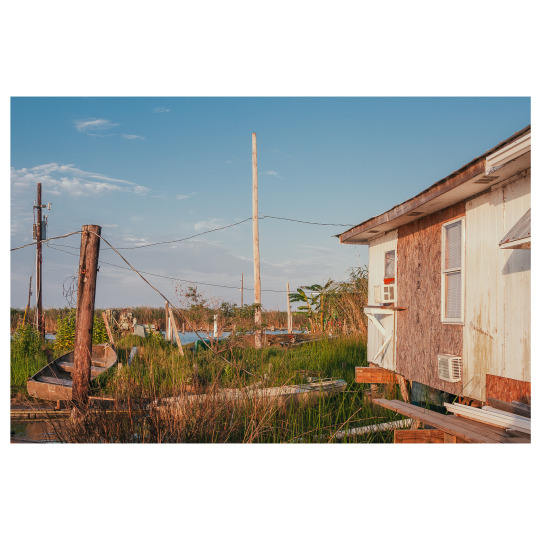


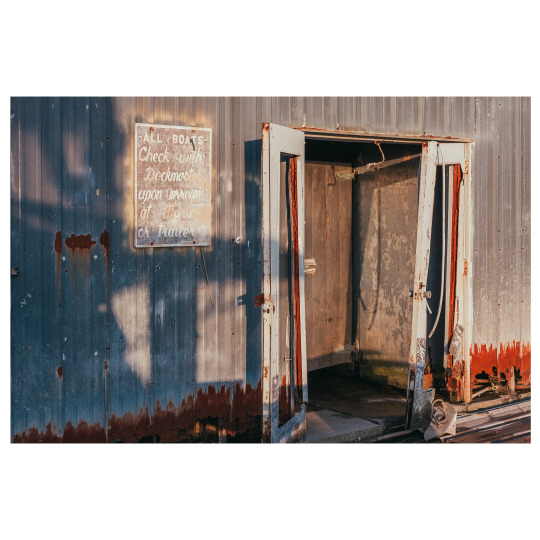
Port Eads, LA 4/08
#louisiana#photographers on tumblr#gulf coast#landscape#landscape photography#plaquemines parish#port eads#remote places#mississippi river#south pass
26 notes
·
View notes
Text
"The Mouths of the Mississippi"
Thursday, December 14, 1848, Hogan’s ship approached the continent. As the outflow of the Mississippi River reached the Berlin, he wrote:
To a person from the British Isles, the United States, as seen at the mouths of the Mississippi, is a mockery of sublime anticipations.
This is possibly my favorite sentence of all the sentences in both memoirs. Encapsulated in those five words (“a mockery of…
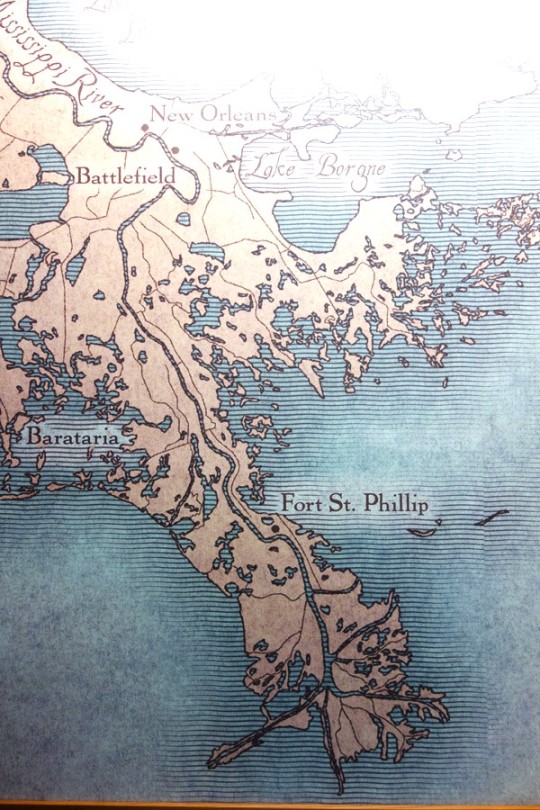
View On WordPress
#Baton Rouge#Bird&039;s Foot#Center for River Studies#Elizabeth Kolbert#Fifty Years Ago: A Memoir#Louisiana State University#Mississippi River#On the Mission in Missouri#Plaquemines Parish
0 notes
Text

Scenes from home, past and present.
0 notes





